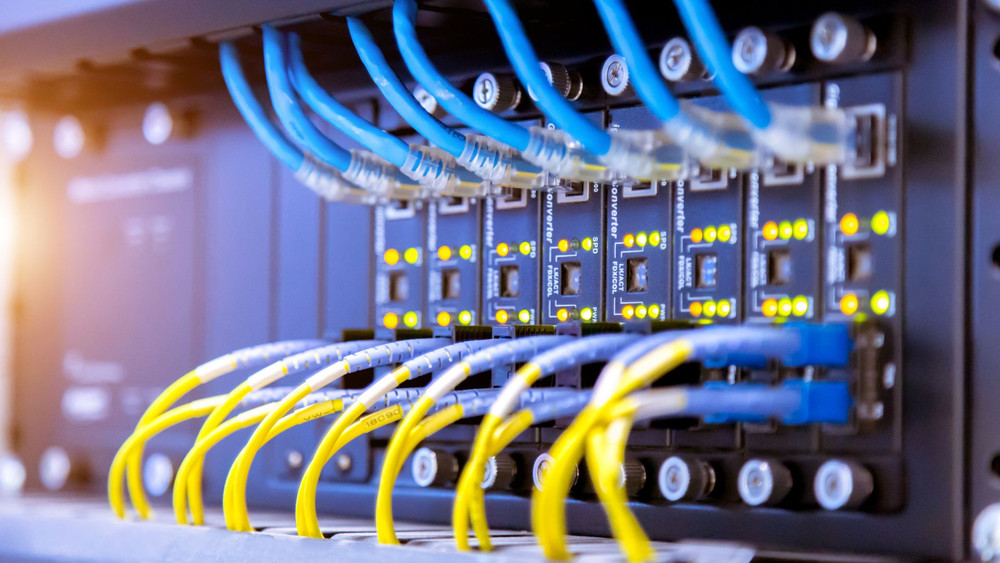6 Tips You Need to Know for Effective Network Management
Posted by Web Content Development on Aug 17th 2022
Managing a network of devices can seem overwhelming to the untrained professional.
Handling proper network management is something that businesses need to take care of if technology makes up a large part of their operations.
Here are some tips for business owners to help properly manage their networks.
1. Create a Critical Infrastructure List of Your Network Management System
When setting up a proper network, it’s important to take stock of what devices are connected to your network. This list should be made up of all servers, routers, firewalls, distribution switches, and other devices used to keep both the network and its users working.
This can be completed by walking from the core switch and documenting connected devices or by scanning the network to find connections.
2. Develop an Adequate Change Control Process Using Network Management Software
The critical infrastructure list is important for the upkeep of the network, but it is also vital to keep track of all changes to the most important systems on the network.
No two systems for change control processes should be alike, as each process is specifically designed for the current network in place.
3. Map Out All Devices and Dependencies on the Network
A properly managed network is familiar with all access points and the devices connected to it. One important consideration for a network management system is to make sure it can create a map of all these devices and create status icons for them. These icons will change if the device they correspond to fails. This map should be available to all IT personnel with one being displayed constantly in the help desk or support area and accessible from different locations.
It’s important to understand what devices work with each other on your network. When an important device like a router tends to fail, it can affect other surrounding areas.
It’s important to establish dependencies that will notify you of all the areas affected by just one device failure, so it can be fixed promptly.
4. Set Up Network Alerting Protocols
IT personnel should be immediately informed of all issues with critical infrastructure. Businesses should have an IT help desk during work hours and an on-call system after hours.
Notifications sent to IT personnel should have as much background information to make sure the issue can be resolved as fast as possible. WNMI or SNMP protocols can easily obtain this information and attach it to alerts.
Supplemental data is vital to make sure all the proper information is available to resolve any problematic situation.
It’s important to know all the available ways in which you can collect information, including device and server logs, network traffic, file access, database queries, and webpage traffic.
5. Monitor network perimeter
The network perimeter is important to look after all web traffic going in and out of the network. By watching traffic flows and implementing an intrusion detection system (IDS), you can monitor what happens in your network without relying solely on firewalls and Internet filters.
6. Understand compliance standards
It is important to understand what compliance standards your network needs to abide by before proceeding to install network management tools.
When a network advances with no familiarity with compliance standards, some business owners buy completely different systems just to comply with standards they missed.
Some of the most prominent standards for networks include PCI, Sarbanes-Oxley, and HIPAA.

